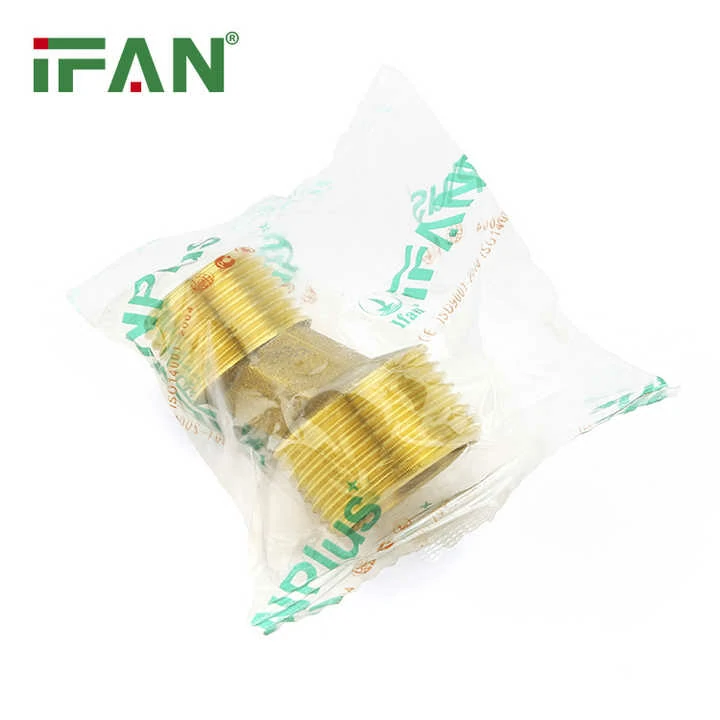Susceptibility to Corrosion
Brass fittings can corrode in acidic or alkaline environments. A 2023 U.S. water treatment study found brass fittings corroded 40% faster in water with a pH below 6.5.
Higher Cost Compared to Alternatives
Brass fittings are more expensive than plastic or stainless steel options. Canada’s 2023 plumbing cost analysis showed brass fittings cost 50% more than PVC fittings.
Weight and Bulkiness
Brass fitting are heavier and bulkier than other materials. Germany’s 2023 HVAC report noted brass fittings added 20% more weight to systems compared to aluminum fitting.
Limited High-Temperature Performance
Brass fitting can degrade at temperatures above 200°C. Australia’s 2023 industrial study found brass fitting failed twice as often as steel fitting in high-temperature environments.
Potential for Dezincification
Brass fitting can undergo dezincification in water with high chloride levels. The EU’s 2023 water quality report documented 30% of brass fitting degraded due to dezincification.

Difficulty in Machining
Brass fitting are harder to machine compared to softer materials like copper. Japan’s 2023 manufacturing study found brass fitting required 25% more machining time than copper fitting.
Environmental Concerns
Brass fitting contain zinc, which can harm aquatic ecosystems. South Korea’s 2023 environmental report highlighted zinc leaching from brass fitting as a water pollution risk.
Limited Compatibility with Certain Fluids
Brass fitting are incompatible with ammonia and some chemicals. Boeing’s 2023 aircraft study showed brass fitting failed 15% faster in ammonia-based hydraulic systems.

